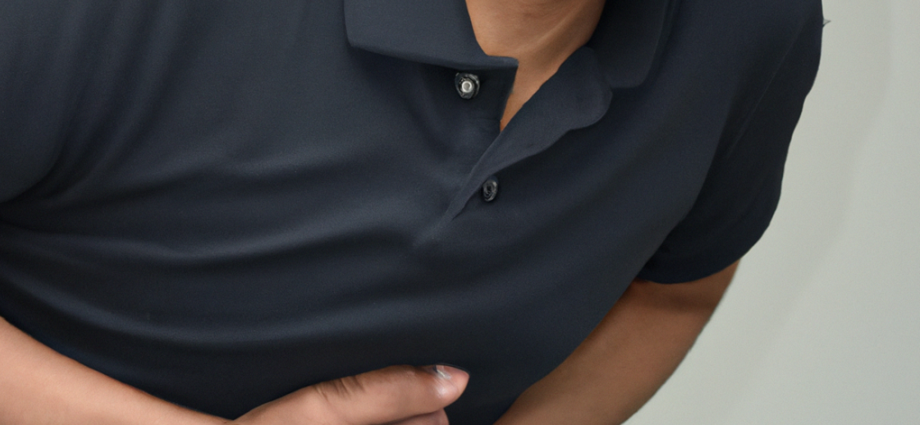People who experience the discomfort and embarrassment caused by hemorrhoids frequently ask “What Does Hemorrhoid Look Like?” Hemorrhoids cause pain, itching, and bleeding due to inflamed veins in the lower rectum or anus.
What Are Hemorrhoids?
Millions of people worldwide are affected by hemorrhoids, also known as piles, which occur when veins in the lower rectum or anus become inflamed and swollen, resulting in pain and discomfort. Hemorrhoids can exist in various degrees of severity and may be classified based on their location and degree of prolapse as internal or external.
Symptoms of Hemorrhoids
Hemorrhoid symptoms can differ based on the degree of the condition. Typical indications may include:
- Pain or discomfort in the anal area
- Itching or irritation around the anus
- Swelling or lumps around the anus
- Bleeding during bowel movements
- Mucus discharge after bowel movements
- Feeling of incomplete evacuation of stool
If you are experiencing any of these symptoms, it is important to see your doctor for an accurate diagnosis.
Causes of Hemorrhoids
Several factors can cause hemorrhoids, including:
- Straining during bowel movements
- Chronic constipation or diarrhea
- Pregnancy and childbirth
- Obesity and a sedentary lifestyle
- Aging
- Genetics
While these factors can contribute to the development of hemorrhoids, it is important to note that anyone can develop them, regardless of age or health status.
What Does Hemorrhoid Look Like?
Hemorrhoids can have different appearances depending on their location and severity. Internal hemorrhoids are located inside the rectum and are not visible to the naked eye. External hemorrhoids, on the other hand, are located outside the anus and are visible as small lumps or bumps around the anal area.
In some cases, external hemorrhoids can be quite large and may cause discomfort or pain. They may also bleed or develop a blood clot, which can be very painful. In these cases, medical treatment may be necessary to alleviate symptoms and prevent complications.
Treatment Options for Hemorrhoids
Treatment options for hemorrhoids vary depending on the severity of the condition. In mild cases, lifestyle modifications and over-the-counter medications are typically effective. These may consist of:
- Eating a high-fiber diet
- Drinking plenty of water
- A sitz bath or warm bath is recommended for mild cases of hemorrhoids.
- Using over-the-counter creams or ointments to reduce swelling and itching
For more severe cases of hemorrhoids, medical treatment may be necessary. This may include:
Rubber band ligation: This involves placing a small rubber band around the base of the hemorrhoid to cut off blood flow and cause it to shrink and fall off.
Sclerotherapy: This involves injecting a solution into the hemorrhoid to shrink it.
Infrared coagulation: This involves using a special device to burn the hemorrhoid tissue.
Hemorrhoidectomy: The surgical procedure involves the removal of hemorrhoid tissue.
Preventing Hemorrhoids
Preventing hemorrhoids is always better than treating them. Here are some tips to prevent hemorrhoids from developing:
Eat a high-fiber diet: Eating a diet rich in fruits, vegetables, and whole grains can help prevent constipation, which is a major risk factor for hemorrhoids.
Drink plenty of water: Drinking plenty of water helps keep stools soft and easy to pass, reducing the risk of hemorrhoids.
Exercise regularly: Engaging in regular exercise can aid in enhancing bowel function and averting constipation.
Avoid straining during bowel movements: Straining during bowel movements can increase pressure on the veins in the rectum and anus, increasing the risk of hemorrhoids.
Use the bathroom when you need to: Holding in bowel movements can cause constipation and increase the risk of hemorrhoids.
Practice good hygiene: Maintaining cleanliness and dryness in the anal area can assist in preventing irritation and infection.
Incorporating these habits into your daily routine can help prevent the development of hemorrhoids.
Key Takeaways
Millions of people worldwide suffer from hemorrhoids, which is a prevalent medical condition. They are caused by swollen and inflamed veins in the lower rectum or anus and can cause discomfort, pain, itching, and bleeding. While anyone can develop hemorrhoids, they are more common in people who strain during bowel movements, have chronic constipation or diarrhea, are pregnant, or are obese. Treatment options for hemorrhoids range from lifestyle changes and over-the-counter medications to medical procedures and surgery. Preventing hemorrhoids is always better than treating them, and simple lifestyle changes such as eating a high-fiber diet, drinking plenty of water, and exercising regularly can help prevent their development.
In conclusion, hemorrhoids are a common and uncomfortable condition that can be managed with proper treatment and prevention. By understanding the symptoms, causes, and treatment options for hemorrhoids, you can take steps to alleviate your symptoms and improve your quality of life. Remember to seek medical attention if you are experiencing symptoms of hemorrhoids and to make lifestyle changes to prevent their development in the future.











